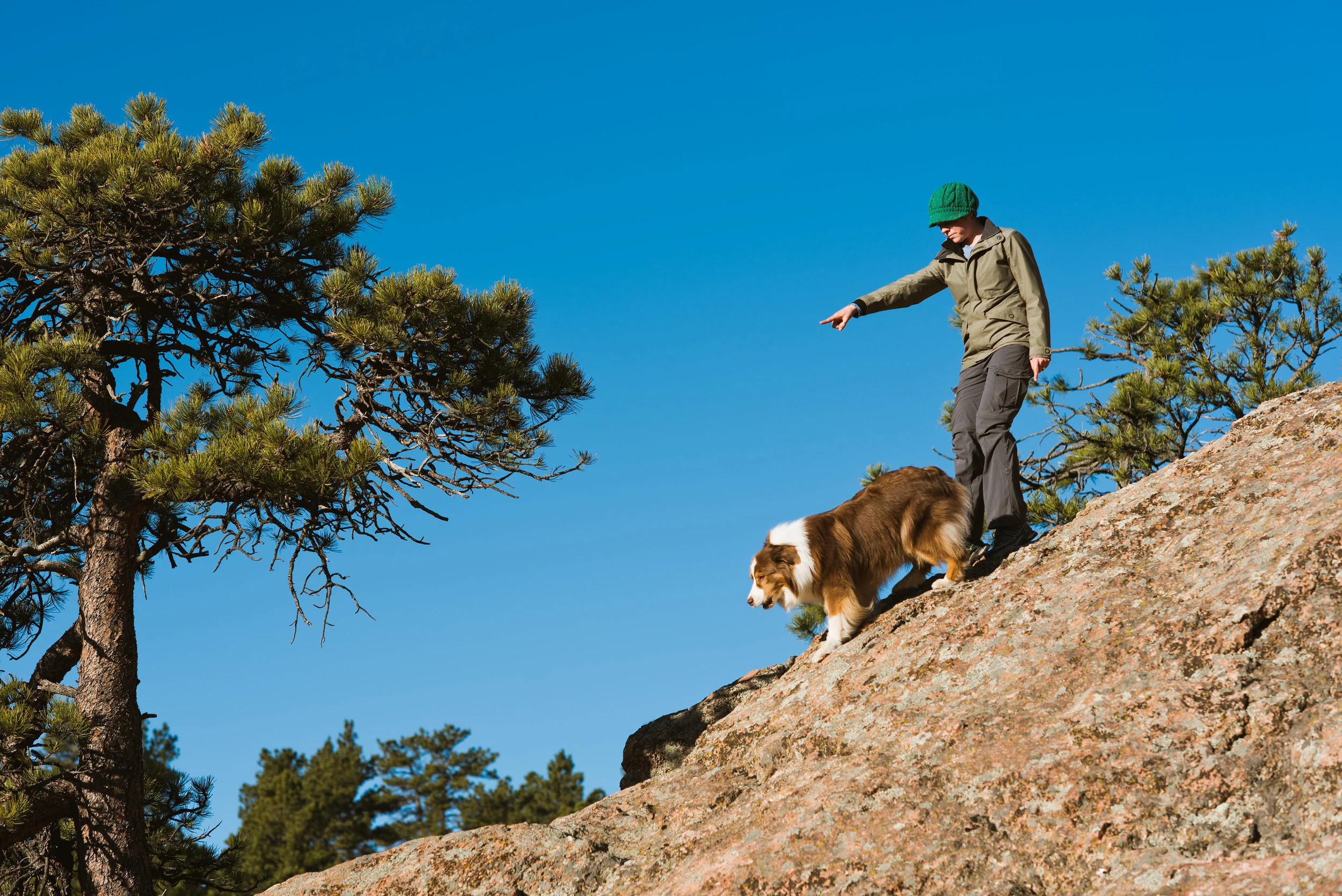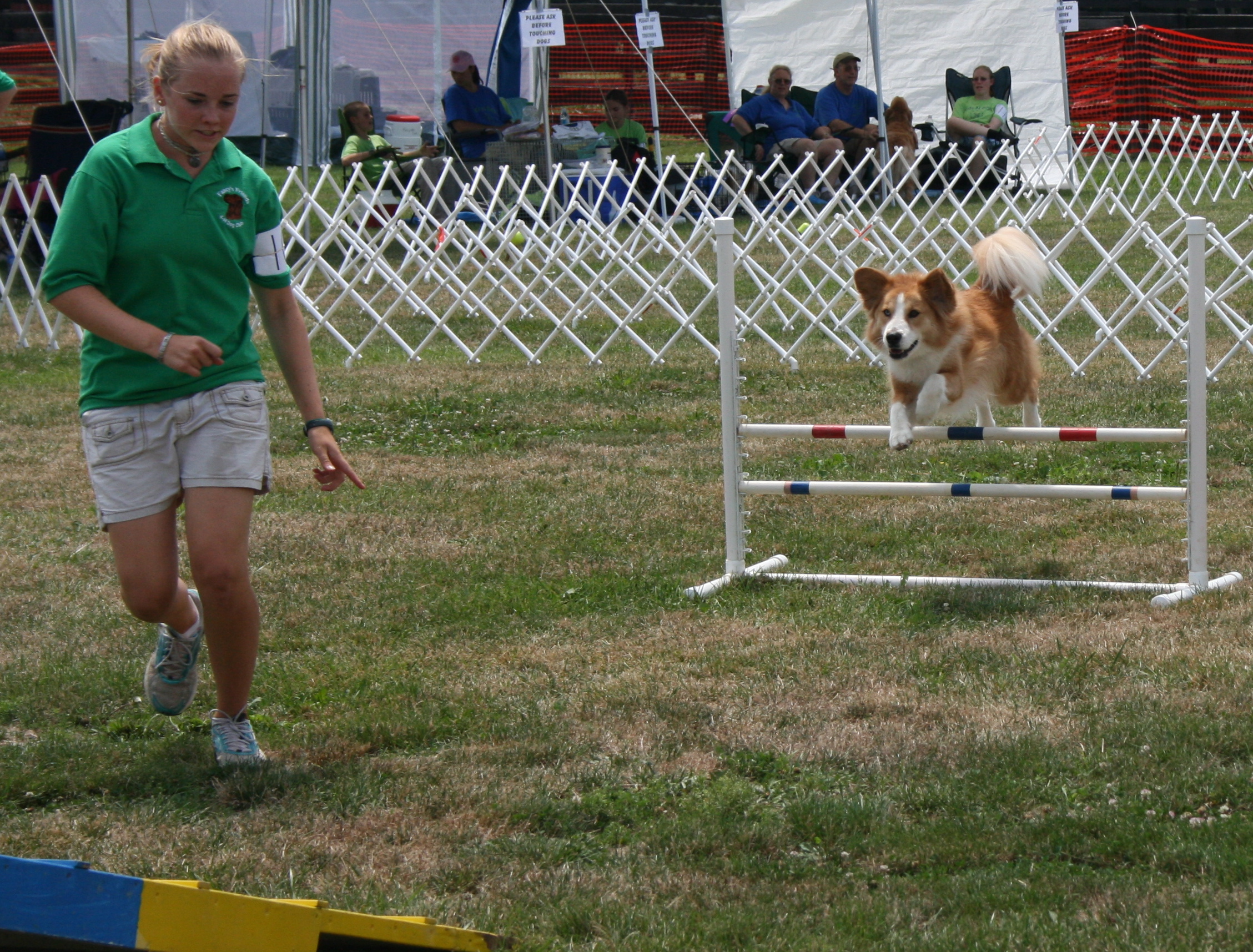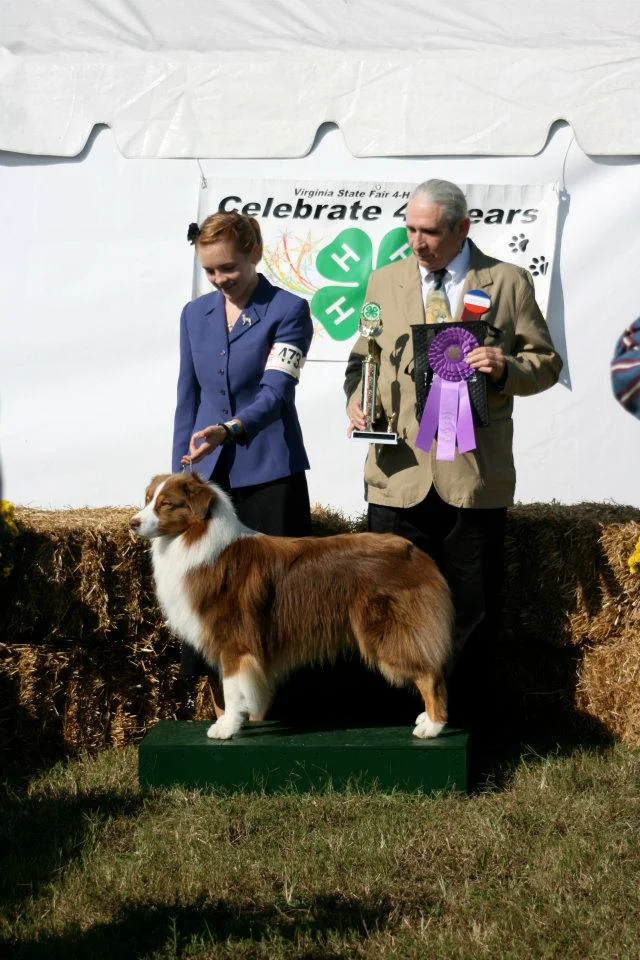Can I Train My Dog? Expert Answers for New Pet Parents
By: Taylor Heid
Google Search bar image with commonly asked questions about training a dog listed below.
Whether you are bringing home a new pup or looking to train a current pet, these are some of the most frequently asked questions that might be running through your mind (and Google’s search bar!). While you may find some answers you are looking for on the internet, they may not always be the most accurate. There is no perfect answer AI can generate in 30 seconds for you, and the experts’ answer might not be the one you are expecting…
Let’s take a look at the most general question: “Can I train my dog?” You might have different variations of this question such as “How hard is it to train a dog?” or “How long will it take to train my dog?” and so on.
Well, it depends! Each training plan, session, and progress is going to depend on the dog themselves. Factors like the dog’s personality, their genetic breed, and their environment are all going to play a part in what their training looks like.
Your silly and goofy teenage dog might be eager to learn, happy to eat treats, and could thrive with a more structured training plan. Whereas a shy or nervous pup might need some time to open up and gain confidence to start building a stronger bond with their human first.
A border collie who was bred for herding and lives on the farm is going to need a significantly different training approach than your family’s toy poodle lap dog. Each of their humans are also going to have different goals for these pups.
Some dogs might do great in a group class and enjoy the socialization aspect of it, while others might need to utilize private lessons for more one-on-one time with less stimulation and distractions.
Not all humans learn the same and neither do dogs! While this isn’t the quickest and easiest answer to grasp, once you take the time to understand your dog’s needs I promise you will have more success in the long run.
All this to say - there is no one size fits all answer when it comes to training your dog. That’s why turning to the experts is a no brainer. At Summit® Dog Training, we always take a customized approach when creating our training programs. While the group class curriculum might be decided ahead of time, our trainers are always modifying the material and methods to best suit the needs of students in the class. In our private lessons program, we consider each owner’s input and goals, and our trainers bring their expertise in dog knowledge to find the best route to achieve the desired results.
It might not be the most satisfying answer, but when asking the right questions to get started on your dog training journey, it truly does depend!
Summit® Dog Training offers group dog training classes & private lessons in Fort Collins, Colorado, as well as online self-study courses & online private lessons for education on how to live the best life with your dog! If you are looking for more training support, please don’t hesitate to contact us! We’d love to help you and your dog get ready for any adventure.
















































